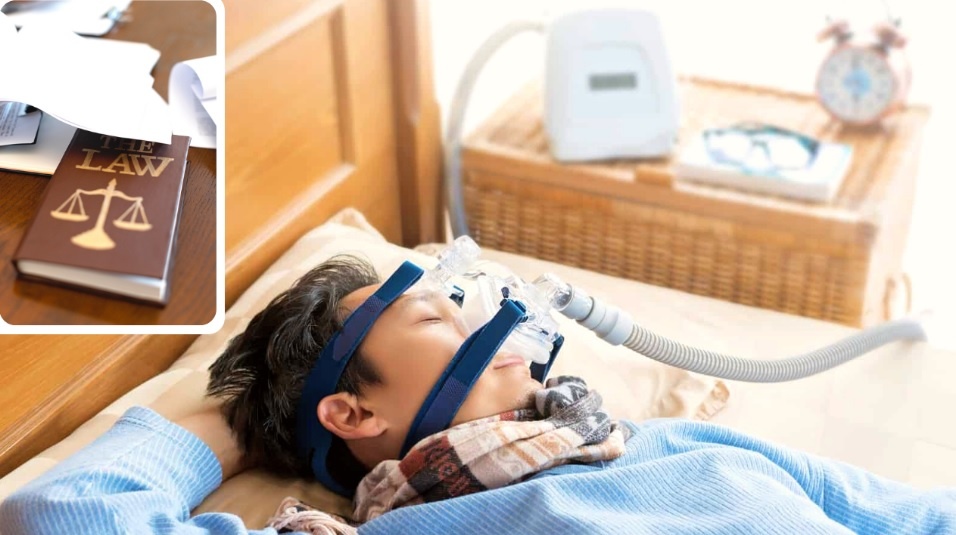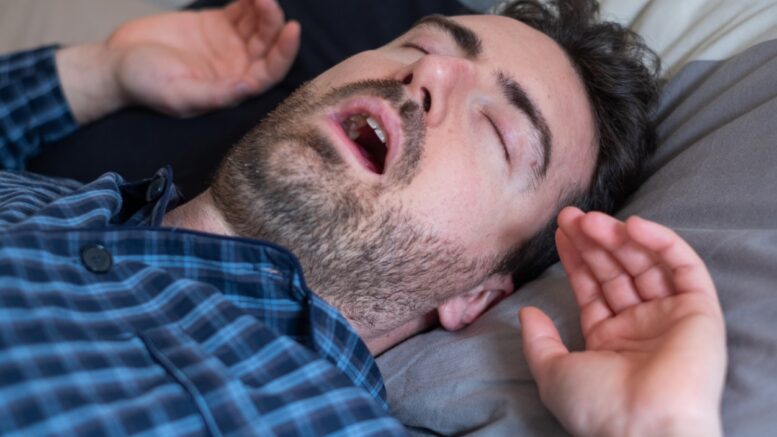Sleep apnea is a condition that affects patients during their sleep. This is a sleeping problem whereby they repeatedly stop and start breathing abruptly as they sleep. One possible sign of sleep apnea is a loud snore and feelings of tiredness even after sleeping for a long time over the night. Sleep apnea is a condition that affects many people all over the world. As a common condition, it affects millions of people worldwide.
However, modafinil may be prescribed in certain cases to help manage the excessive sleepiness that can accompany sleep apnea, especially when CPAP therapy alone does not fully alleviate the symptoms. Modafinil can help individuals with sleep apnea stay awake during the day and improve their overall functioning, but it’s a dangerous medication that requires a prescription. Reading a modafinil review will help you to know more about this drug.
Types of sleep apnea
When it comes to the various types of sleep apnea, there are three distinct forms. These are the:
- OSA (Obstructive sleep apnea): This is a sleeping condition that is common with a majority of patients. OSA happens when the muscles in the throat relax and block air flow into their lungs.
- CSA (Central sleep apnea): This is a sleeping condition that happens when the brain does not send the right information to the muscles responsible for breathing.
- Complex sleep apnea: This is a much more serious disorder that persists even when positive airway pressure (PAP) is applied, leaving no clear cause for the central apneas.
Symptoms of sleep apnea
Since central and obstructive sleep apneas are the most common form of sleeping conditions, they usually have overlapping symptoms. This is why it can be hard to identify the particular type a patient has. When it comes to OSA and CSA, the most common symptoms include:
- Irritability
- Inability to be attentive even when awake
- Hypersomnia (excessive sleeping during the daytime)
- Morning headache
- Awakening with a totally dry mouth
- Gasping for air while asleep
- Instances where the patient stops breathing as they sleep – often reported by a different person.
- Noisy snoring
Causes of sleep apnea
Sleep apnea is a condition that is caused by various factors. The causative factors depend on the type of sleep apnea. The causes of sleep apnea based on the type are given as follows:
OSA (obstructive sleep apnea): With OSA, the condition occurs whenever the rear throat muscles relax. These are the muscles that act as support for the uvula (the triangular tissue suspended from the soft palate), the tonsils, the soft palate, the tongue, and the throat side walls.
If this muscle relaxes, there is a narrowness or closure in the airways as the person breathes. This prevents them from getting adequate air resulting in a lower level of oxygen in the blood. The brain notices the stopped breathing and briefly triggers the person to wake up – this makes them open up their airways. This is such a momentous period during sleep that people barely remember it. People with the condition can read more about modafinil and how it may help them if anything else fails.
The person usually gasps, chokes, or snorts – a cycle that occurs repeatedly between 5 and 30 times every night. This means that the person is unable to get enough sleep each night.
CSA (central sleep apnea): This is a lesser common pattern of sleep apnea that happens when the brain does not send enough signals to the breathing muscles. When this happens, the person usually does not show any effort to breathe within a short time. They usually wake up with shortness of breath. Other instances are that they may find it hard to stay asleep or get enough sleep.
Risk factors of sleep apnea
The risk factors of sleep apnea can be understood based on the type of condition. While the condition affects everybody including children, some factors intensify the risks that patients face. These factors differ based on the type of condition.

Risk factors for OSA (obstructive sleep apnea):
This type of sleep apnea comes with various risk factors such as:
- Excess weight: If you are obese, you are greatly predisposed to OSA. With fat deposited around the upper airway, this can obstruct breathing.
- Narrowed airways: People with narrow throats are at risk of the condition. In children, there is a possibility of the adenoids or the tonsils enlarging to block out the airways. This can also happen due to a narrow palate, for which you may consult a dentist or orthodontist to try a palate expander for adults.
- Fat neck: Your airways may be narrower if you have a fat neck.
- Being male: Men have a high probability of getting sleep apnea in comparison to women. But women are increasingly at risk after menopause or when they are overweight.
- Being older: Older adults are more susceptible to getting sleep apnea in comparison to younger people.
- Family history: If someone in your family has had sleep apnea, there is a considerable risk of you getting infected by the condition.
- Using tranquilizers, sedatives, or alcohol: These are all substances that you take for relaxing the muscles in the throat – they can help worsen and accelerate the condition.
- Smoking: People who smoke are more predisposed to having obstructive sleep apnea in comparison to non-smokers. Smoking tends to worsen the level of fluid retention and inflammation in the person’s upper airway.
- Medical conditions: If you have certain medical problems, this can easily expose you to obstructive sleep apnea. Medical conditions such as type 2 diabetes, high blood pressure, and congestive heart failure are problems that can increase the chances of OSA. Other possible risk factors include chronic lung ailments, prior stroke, hormonal disorders, and polycystic ovary syndrome.
Risk factors for CSA (central sleep apnea):
This type of sleep apnea features various risk factors which include:
- Age: Older People (middle-aged and aging people) are easily predisposed to the condition. Therefore they have a higher risk of becoming affected by the condition.
- Male: Central sleep apnea is very common among men and will easily affect males rather than females.
- Heart problems: People who have heart problems are more predisposed to getting the condition.
- Stroke: People who have had a stroke in the past have a higher chance of getting infected with central sleep apnea.
- Using narcotic anti-pain medicines: People who depend on narcotic-based painkillers such as opioid medicines have a higher risk of getting central sleep apnea. This includes long-acting medicines like methadone – which increases the chances of getting central sleep apnea.
Conclusion
Sleep apnea is a common condition that comes in three different types. Each one of these types is identified by various similar hallmark symptoms. However, the causes or mechanism of each condition is usually different among the various types.
